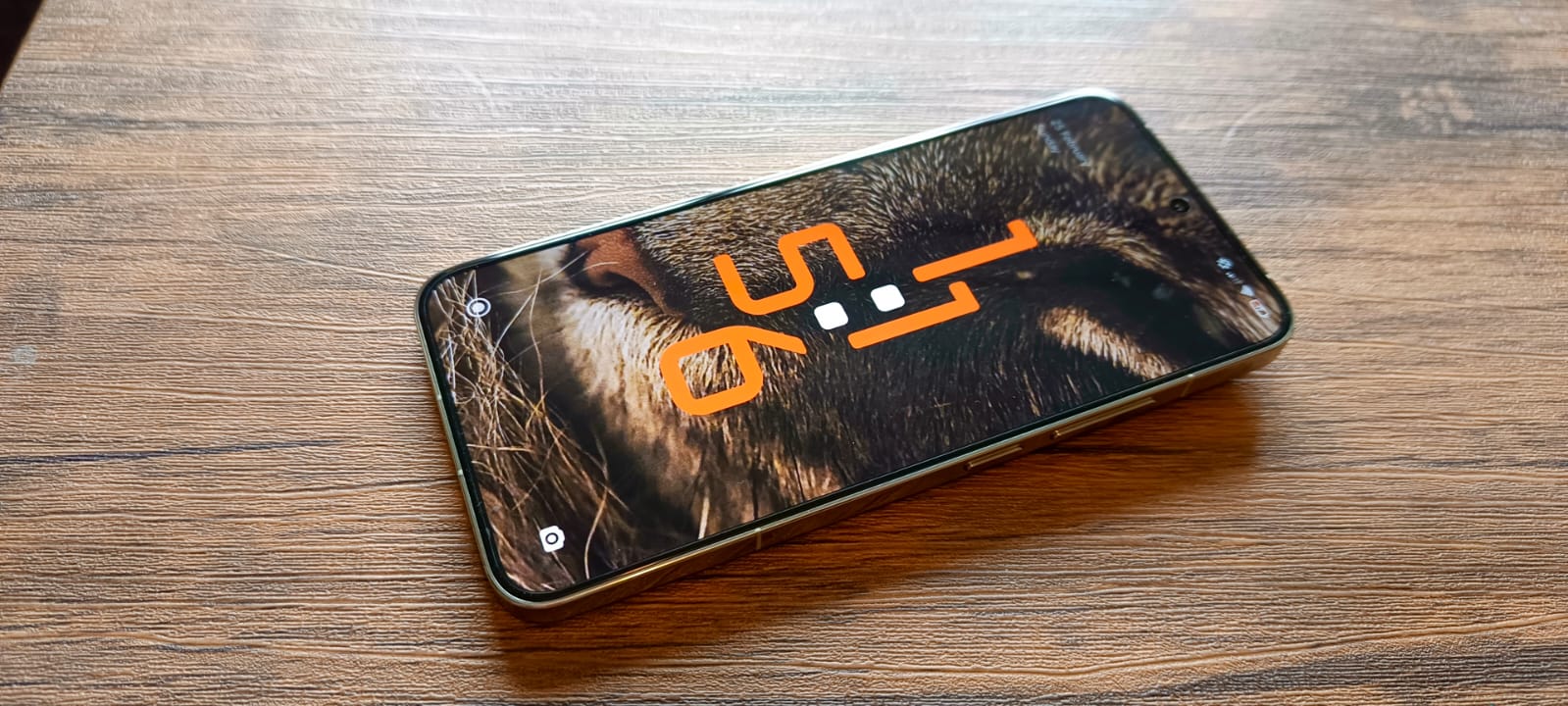Our Verdict
The Xiaomi 14 is simply the best smartphone I've ever used. I wish I could prevaricate more on that statement, but after three weeks with Mi's latest flagship, I never want to let go. It's got a Leica-engineered camera that has taken the leap from really flipping great last year to the world's greatest phone camera this year. The processor outperforms the latest iPhone and Samsung flagship, and it all comes in a beautifully sleek package with an industry-leading screen. Your move, everyone else.
For
- Fantastic camera
- Impressive power
- Brilliant screen
Against
- Battery life could be a little better
Why you can trust Creative Bloq
I'm not gonna pretend to keep you in any suspense here. The Xiaomi 14 is the greatest camera phone I've ever used or tested. For the last three weeks, I've had a review unit to use as my daily driver, taking it travelling with me, snapping photos of my gorgeous but eternally judgmental cat and using it for work communications and catching up with friends on social media on a daily basis.
We have a list of the best camera phones, which we're gonna have to update sharpish now that the Xiaomi 14 is out, because it's better than all the phones on that list at the time of writing this.
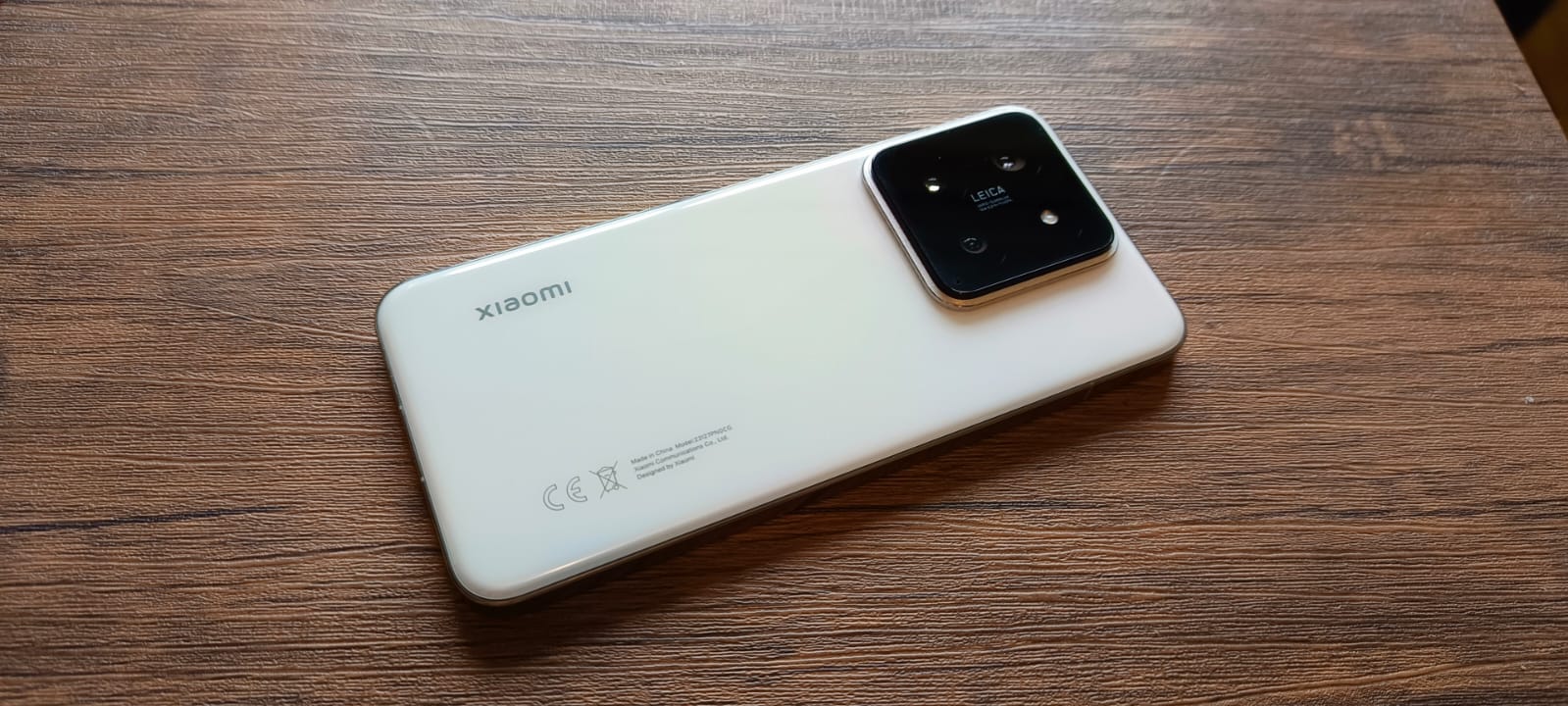
Xiaomi 14: Key specifications
| Chipset: | Qualcomm Snapdragon 8 Gen 3 Octa-core Max 3.3GHz |
| GPU: | Adreno 750 |
| RAM: | 12+6GB |
| Storage: | 512GB |
| Screen: | 6.36in LTPO AMOLED, 1200x2670, 120Hz, 3000 nits peak brightness |
| Cameras: | LEICA VARIO-SUMMILUX 1:1.6-2.2/14-75 ASPH, 50MP 23mm f/1.6 Leica main camera, 50MP 75mm f/2.0 Leica floating telephoto, 50MP 14mm f/2.2 Leica ultra-wide, 32MP in-display selfie camera |
| Connectivity: | Wi-Fi 7, Bluetooth 5.4, USB-C |
| Battery: | 4610mAh |
| Dimensions: | 152.8 x 71.5 x 8.2mm |
| Weight: | 193g |
Xiaomi 14 review: Design and features
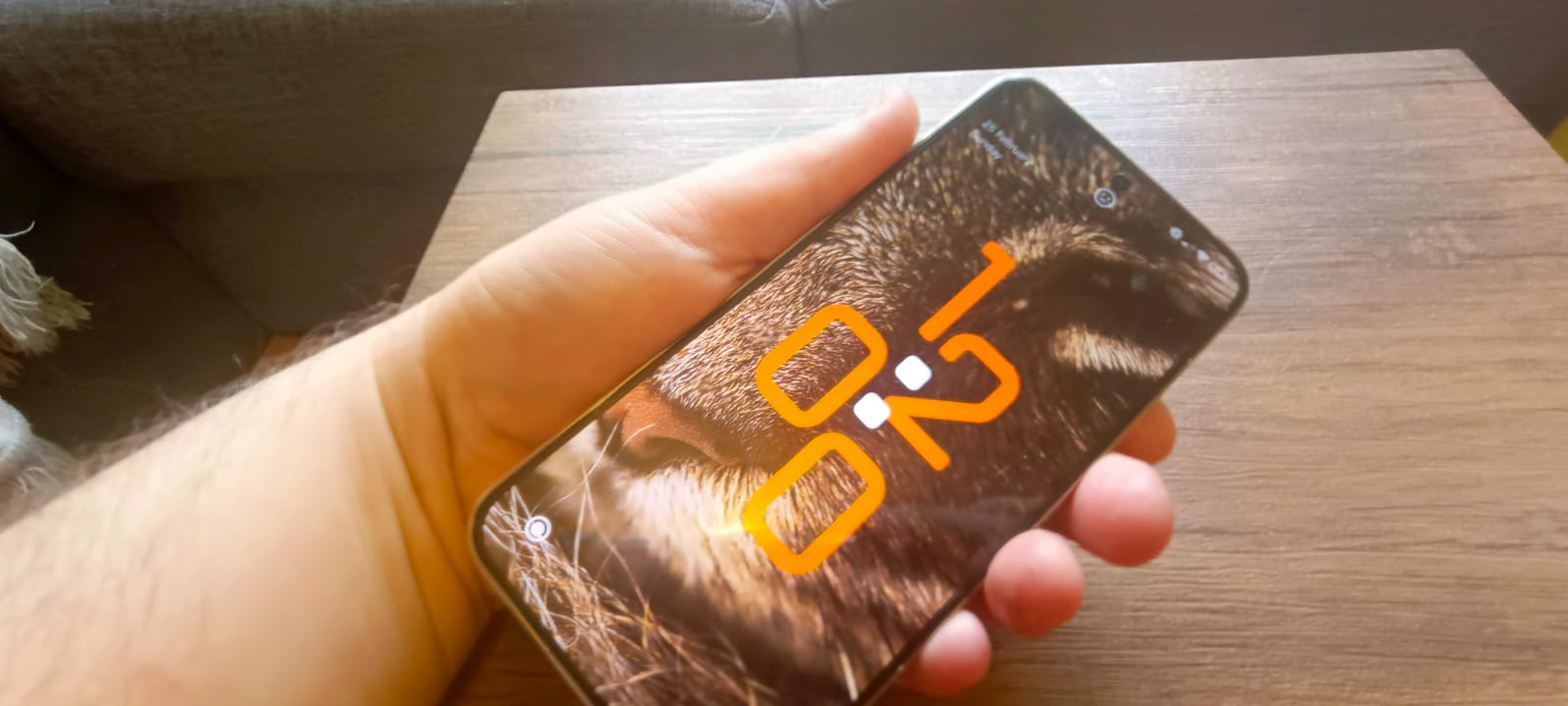
The Xiaomi 14 is an evolution of last year's Xiaomi 13, with a silver aluminium frame and a curved glass back. My unit had a white back, but both black and jade green variants will be available to UK buyers. It feels incredibly robust and sturdy, but weighs a relatively average 193 grams. With dimensions slightly taller and wider than the vanilla iPhone 15, it still fits your average jeans pocket without feeling too compact.
The screen is slightly larger than both the Samsung S24 and iPhone 15, at 6.36 inches, and offers a pinsharp resolution of 1200x2670 pixels, or a density of about 460 PPI. Not only that, but the brightness outdoes the 2000 nits offered by the iPhone 15, and the 2600 peak by the Samsung, with a near-blinding peak brightness of 3000 nits. The adaptive-brightness screen dealt with bright, direct sunlight with no issues, where everything remained fully legible and adjusted quickly to changing lighting condition from going outside into sunlight or back inside into a dimly lit room.
There are no audio jacks or secondary USB-C outlets here, just the one USB-C charging port on the bottom, along with a Dual SIM slot. On the right-hand side you'll find the power button and the volume control. There's a little design detail on each side of the shiny aluminium frame, with a couple of straight lines on each side that cut across the otherwise slick frame.
On the inside, you'll find the Android 14-based HyperOS, and I'm happy to report that bloatware has been toned down from last year's iteration, although notifications for Mi's own software are switched on by default as you set the phone up, so a little bit of work is needed to reduce the noise, so to speak. It's fully integrated with Google services, so I could set the phone up in minutes with my Google-connected accounts.
It's packed with your usual sensors too, including a fingerprint (under display, optical) sensor that can measure your heart rate, as well as an accelerometer, proximity, gyro, compass, altitude meter, barometer, and colour spectrum sensors. There's multi-platform positioning on board too, including GPS, Galileo, Glonass, BDS, QZSS and NavIC.
Privacy features abound too, such as app lock, which can set up a for-your-eyes-only access to designated apps, along with encryption, find my device and more and more. It also links effortlessly to connected Android devices, such as smart watches or fitness bands.
The camera notch on the back is bulky and protrudes quite far (the on-board spirit level measures the phone at a 2-degree angle when lying on its back...), but it's for a Very Good Reason, as you'll see below...
Xiaomi 14 review: Camera






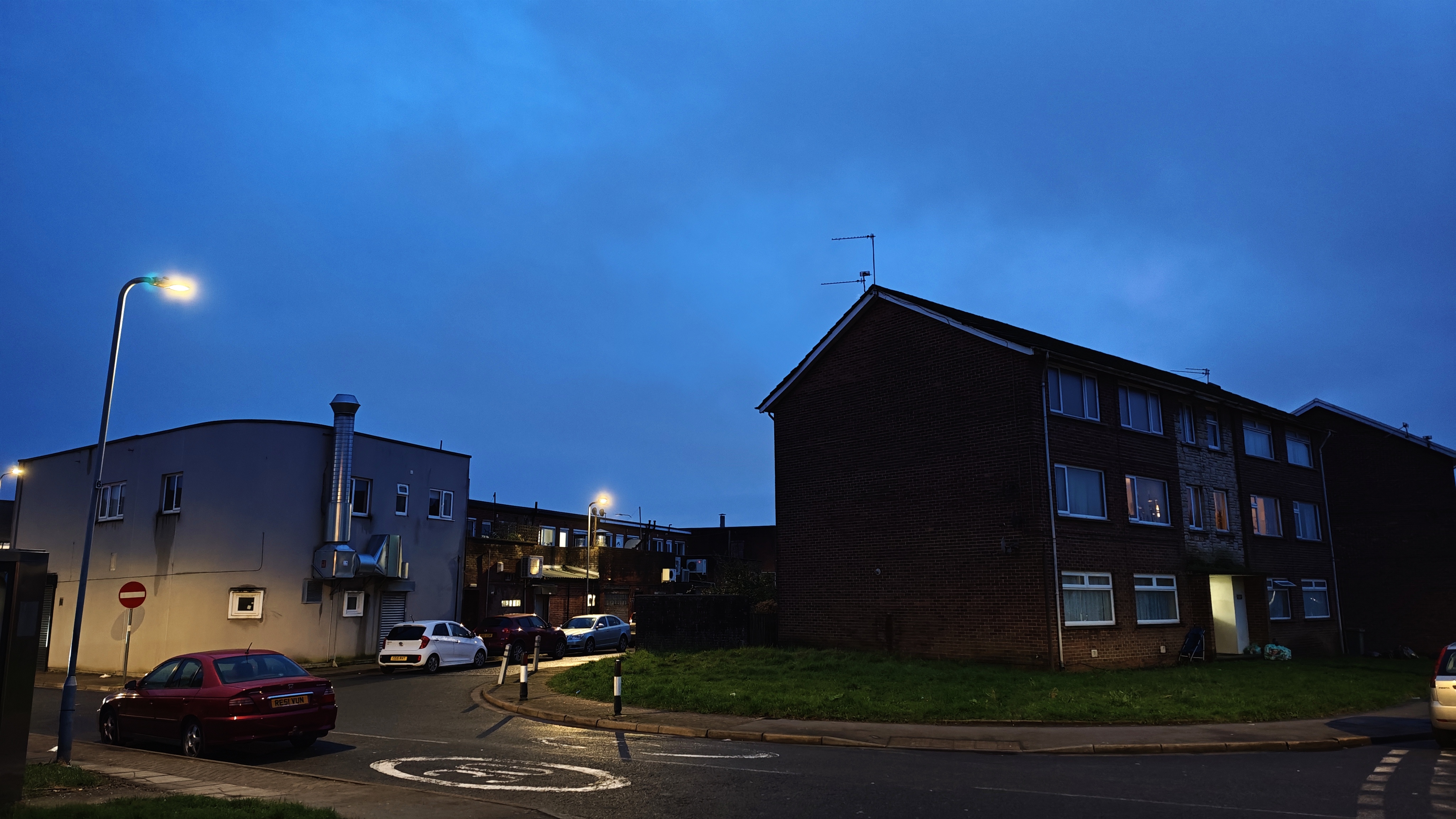
It's quite simple; what we have here, in the Leica-engineered camera fitted in the Xiaomi 14, with a one-inch sensor and three 50MP lenses, in main, telephoto and ultrawide guises, on the back, with a 32MP in-display selfie camera on the front, is the single greatest camera package I've ever seen in a phone camera.
The megapixel count may not match the 100 or 200MP claims of some competitors, but what you get there, more often than not, is considerable pixel binning, leading to an effective resolution of much, much less than those numbers would lead you to believe. Here, however, the effective resolution of the main camera is actually 50MP, and the only megapixel enhancement via digital means is in the telephoto lens, where the effective resolution is still 32MP.
The main camera has an f/1.6 max aperture, with complete manual control available should you so choose, along with a staggering range of auto options. The telephoto camera has an f/2.0 max aperture, and the ultrawide offers up to f/2.2 aperture. The one-inch Light Fusion 900 sensor, developed by Leica, gave me incredibly dynamic images no matter the scenario. Whether it was quick nature snaps, night photography, portraits of people or animals, or 4K video of speeding go-karts, the crispness and clarity of the images and video blew me away almost daily.
I'm a big fan of macro photography, taking ultra-close-ups of flowers, animals and small objects. While this feature is sometimes too ambitious for its own good in many phone cameras, acting more as a novelty than something to use in any professional capacity, the fidelity here is frankly staggering.
On top of that, the Xiaomi is equipped with a feature-rich, AI-boosted photo-editing app suite, replete with adjustment features, dozens of sophisticated filters (including several that impressively replicate the effect from classic camera film types), and even AI-enhanced portrait modes, with a dedicated animal-portrait function.
I subjected my cat mercilessly to repeated photo sessions, and whether I was using the main camera, using the portrait mode or even invading her precious personal space with the macro mode, the camera delivered and then some, and the accompanying images should convince you if you're in any doubt.

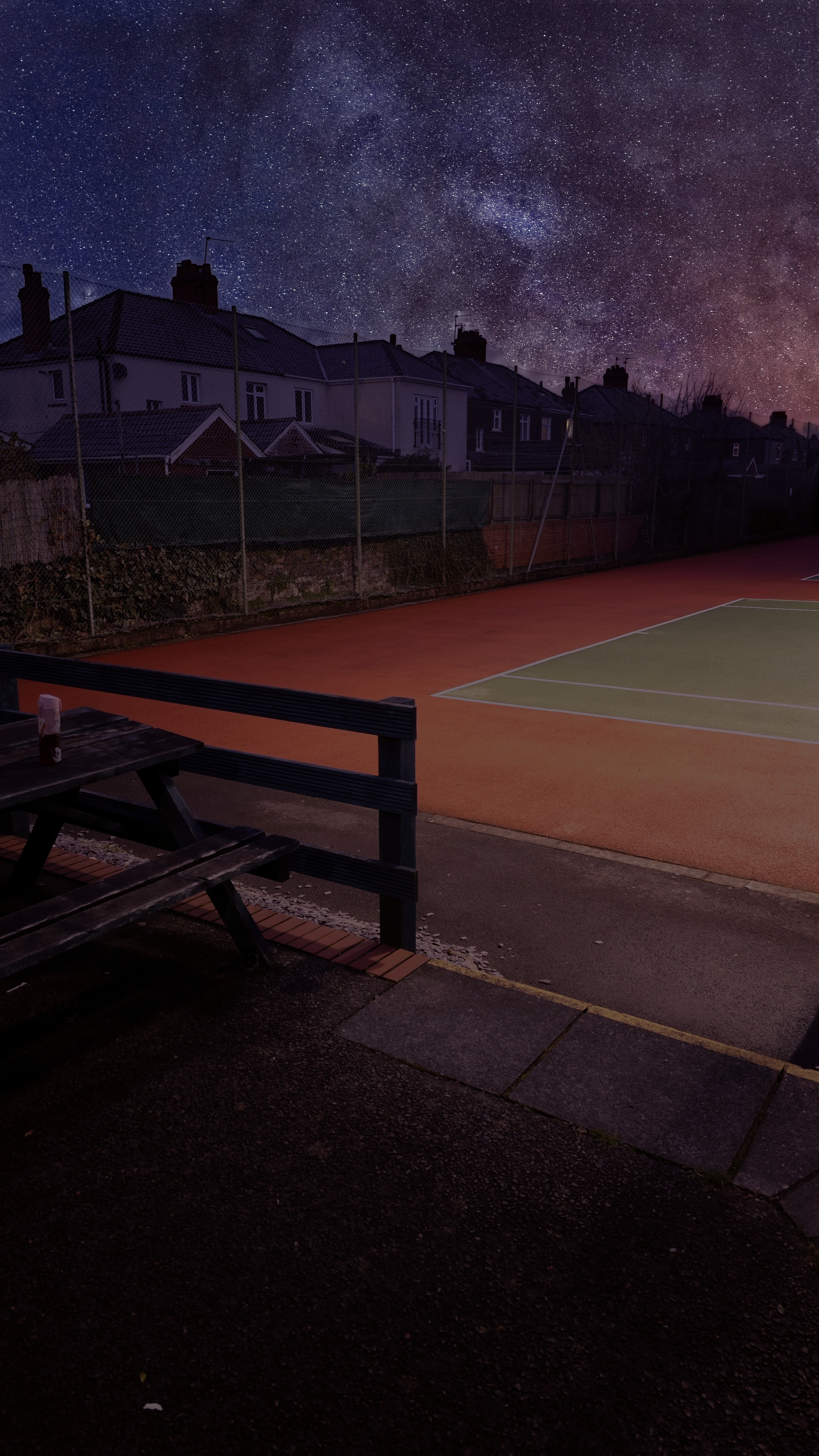


Another magic feature here is the AI-enhanced sky replacement tool. It can transform dull nature photos with overcast skies (not that we ever suffer from that problem here in the UK...) into dynamic images. While some effects are a bit overkill (there are animated fireworks and snow on offer, along with a fantasy-film moonscape, for example), changing a grey, overcast shot to a brighter-skied one, or even a twilight mood shot, not only swapped out the sky faultlessly but impressively relit the scene below to correspond (mostly) naturally with the new sky.
Xiaomi 14 review: Performance
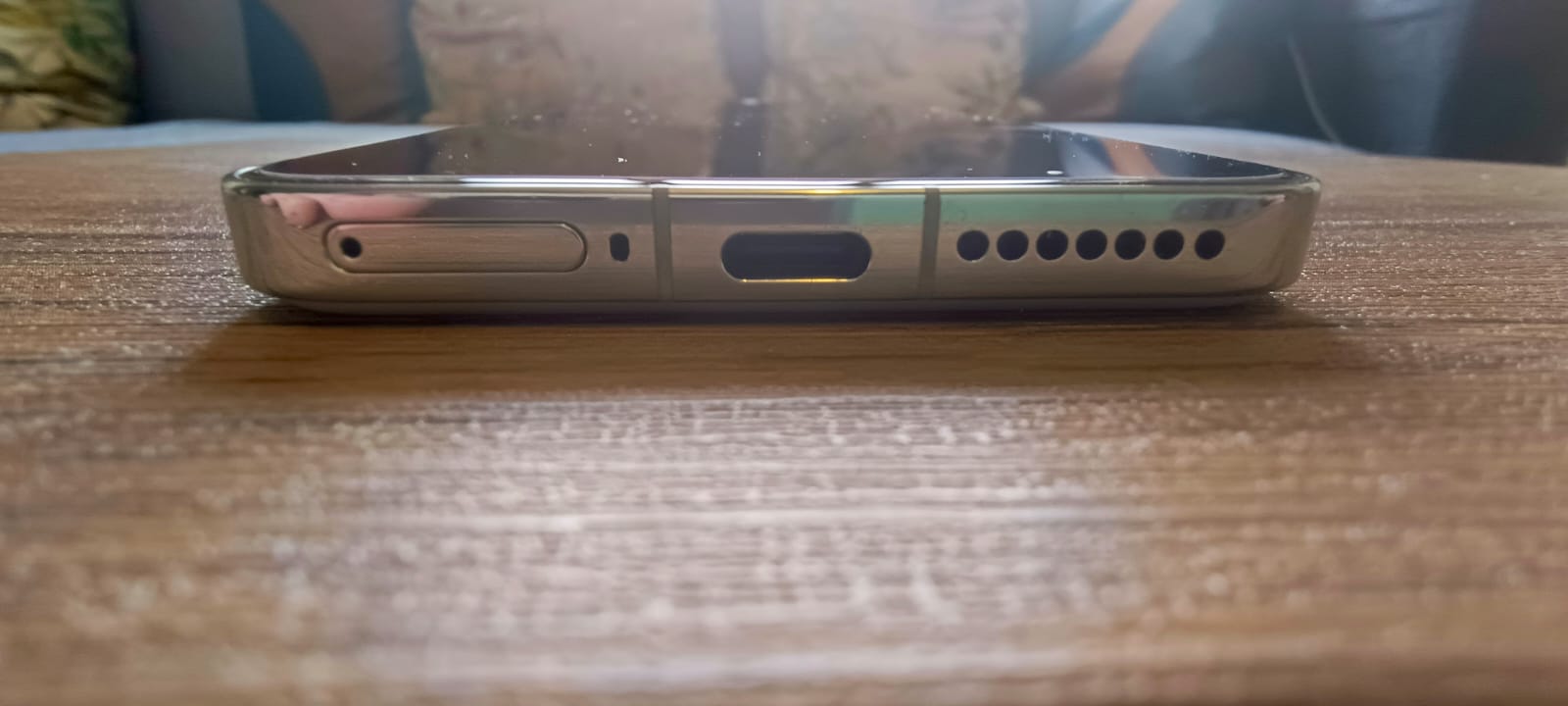
No matter what I threw at the Xiaomi 14, it handled it with ease. Whether playing a visually demanding game, photography or video apps, a music maker or running a dozen apps at once, I never experienced any undue distress from the phone, and only when playing the most demanding games did I feel it get particularly hot. It did heat up a bit during fast-charging (see more below), but it cools down quickly each time.
The Game Mode kicks in whenever required too, with the visual experience very smooth, and the transition from normal vanilla mode into 120Hz gaming guise almost seamless. There's a second or so when it's shifting over where the game is not fully responsive, but that's nothing to complain about.
Benchmarking tests backed up my perception, with Geekbench scores that handily outdo reported figures for both the iPhone 15 and the Samsung Galaxy S24. In fact, the average multi-core score of 6,658 I achieved in Geekbench 6 comes close to the iPhone 15 Pro and S24 Ultra scores reported on Geekbench's site. It seems to get more out of the Qualcomm Snapdragon 8 Gen 3 processor than any other phone so far, and does so without any overheating issues that I've noticed.
In addition, the speakers I was so impressed with last year in the Xiaomi 13 lineup perform just as well this time around, with a surprising range and depth to the sound, for phone speakers at least.
Xiaomi 14 review: Battery life and charging
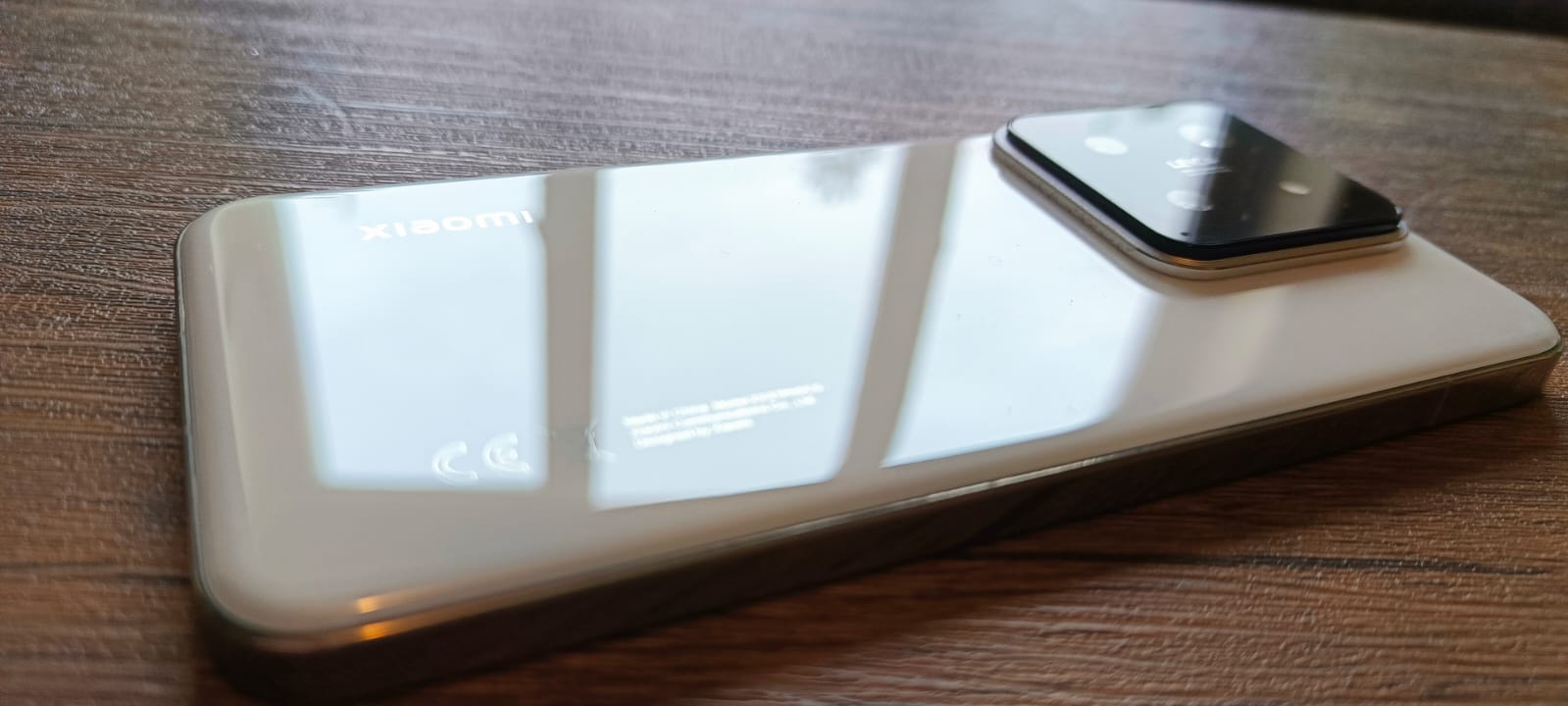
Here we find the one area the Xiaomi still trails the iPhone. At 4610 mAh, the battery is a little smaller here than in many recent models (including the iPhone, Samsung and the ASUS ROG Phone 8, for example), and while it is efficient enough to easily get through a full day's work and play, I couldn't reach the near-20 hours of the iPhone or the 20-plus of the S24 or ROG Phone here.
What it does have that the iPhone doesn't, however, is superfast charging (called hyper charging by Xiaomi), with a wired charging capacity of 90W, and I managed to charge it to full from near-empty in only 35 minutes. On top of that, there's also faster wireless charging - 50W - than I've seen before in a phone. So even if you do run out of juice, it doesn't take long to refill the battery.
Xiaomi 14 review: Price
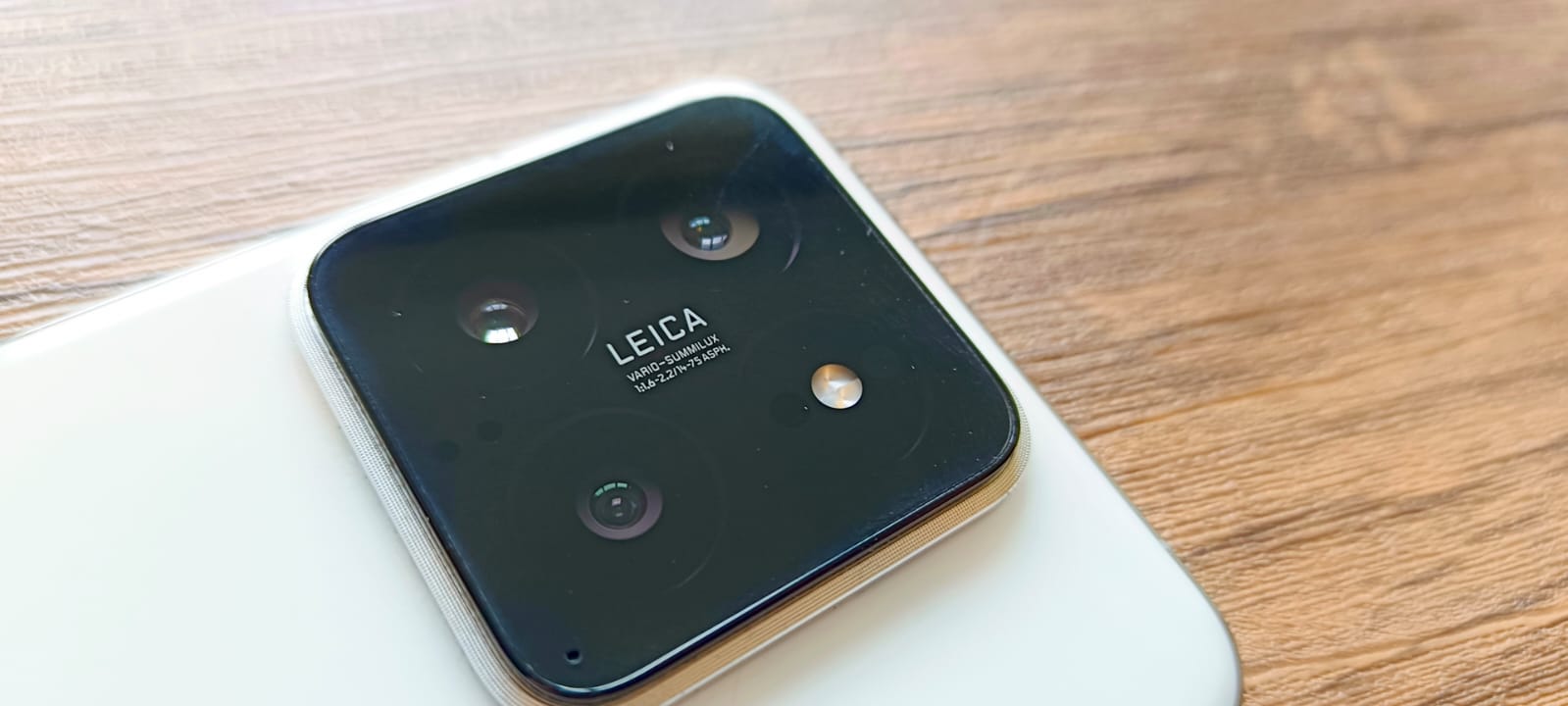
The Xiaomi 14 as tested, with 12GB RAM and 512 GB storage, will cost £899 in the UK at launch. This is a flagship phone, and unapologetically so, but undercuts its Apple and Android rivals at the top of the pile by a noticeable margin, as both the 512GB iPhone 15 and Galaxy S24 come in at £1,099 at most retailers. Yet at the same time, it offers the best performance, user experience and camera of the three, in some cases by a considerable distance.
Should I buy the Xiaomi 14?
Yes.
out of 10
The Xiaomi 14 is simply the best smartphone I've ever used. I wish I could prevaricate more on that statement, but after three weeks with Mi's latest flagship, I never want to let go. It's got a Leica-engineered camera that has taken the leap from really flipping great last year to the world's greatest phone camera this year. The processor outperforms the latest iPhone and Samsung flagship, and it all comes in a beautifully sleek package with an industry-leading screen. Your move, everyone else.

Erlingur is the Tech Reviews Editor on Creative Bloq. Having worked on magazines devoted to Photoshop, films, history, and science for over 15 years, as well as working on Digital Camera World and Top Ten Reviews in more recent times, Erlingur has developed a passion for finding tech that helps people do their job, whatever it may be. He loves putting things to the test and seeing if they're all hyped up to be, to make sure people are getting what they're promised. Still can't get his wifi-only printer to connect to his computer.

